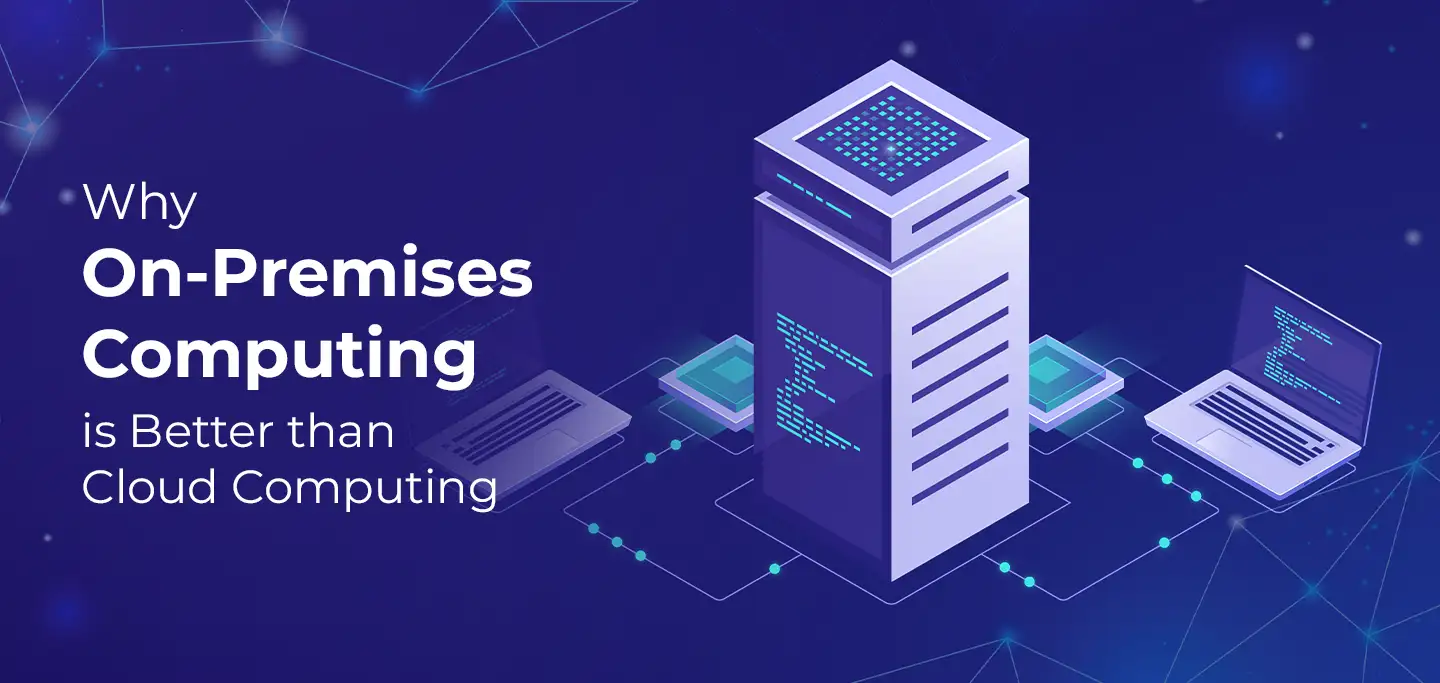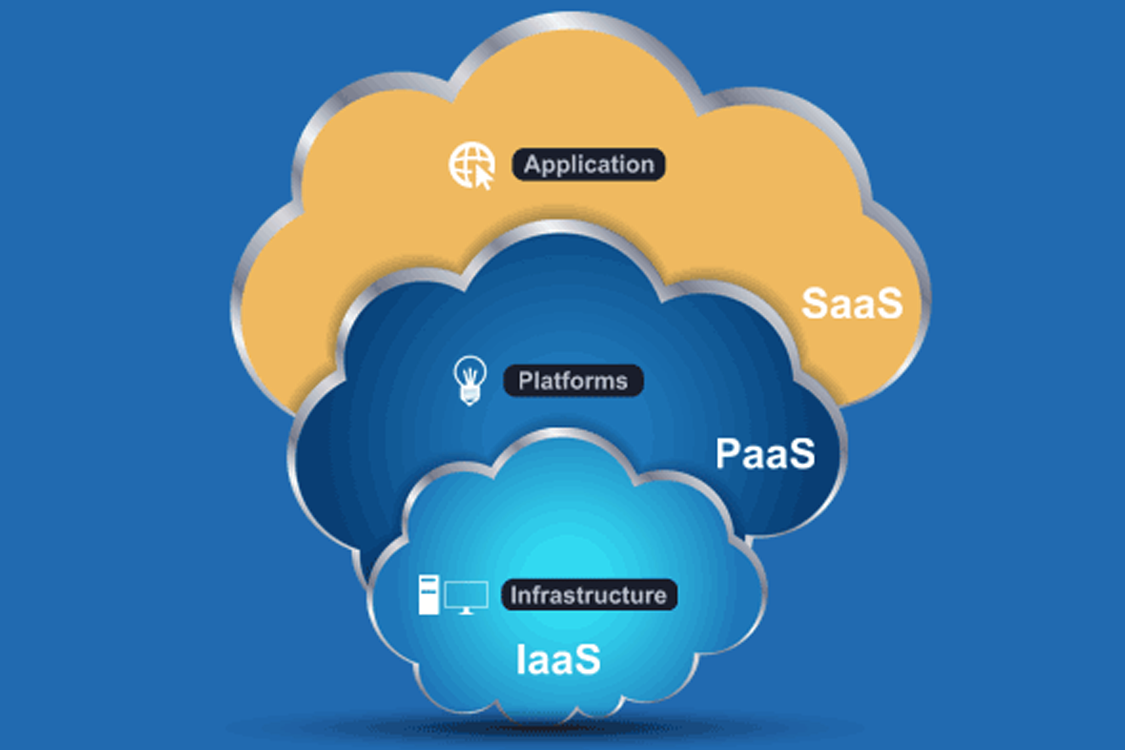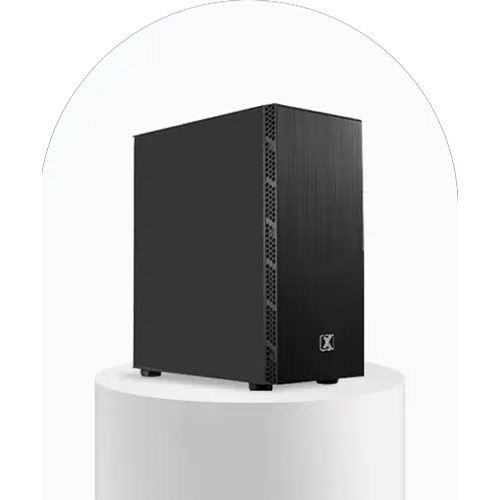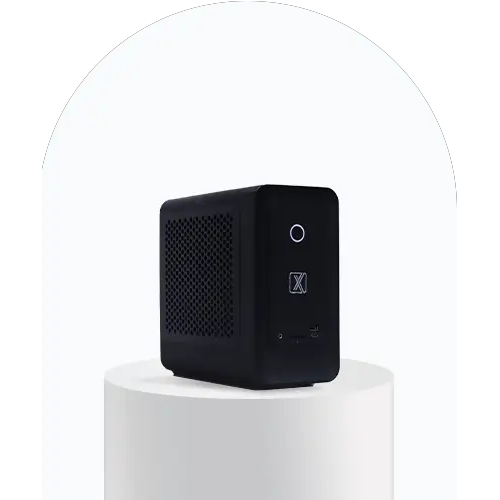For Professionals, By Professionals

Discover ProX PC for best custom-built PCs, powerful workstations, and GPU servers in India. Perfect for creators, professionals, and businesses. Shop now!
SERVICES
WE ACCEPT










In the modern landscape of IT and business operations, the debate between on-premises computing and cloud computing is prominent. Each approach offers distinct advantages and disadvantages, leading organizations to weigh their options carefully. This blog aims to present a comprehensive view of why on-premises computing can be a better choice compared to cloud computing, focusing on aspects such as control, security, cost management, performance, and compliance.

One of the most significant advantages of on-premises computing is the unparalleled control it provides over the entire IT infrastructure. Businesses can customize workstations to meet specific needs, ensuring that all resources are optimized for performance. This level of control is often crucial for companies with unique or highly specialized requirements that cannot be easily accommodated by cloud solutions.
On-premises systems allow for extensive customization, tailoring solutions to fit exact business processes and workflows. This is particularly important for industries with complex or non-standard operations. By customizing their IT environments, organizations can achieve better integration with existing systems and processes, enhancing overall efficiency and effectiveness.

For many organizations, data sovereignty is a critical issue. On-premises computing ensures that data remains within the physical confines of the organization, helping to meet local regulations and compliance requirements. This is especially important in industries such as finance, healthcare, and government, where strict data protection laws apply.
Keeping data on-premises reduces the exposure to external threats such as cyberattacks that target cloud providers. While cloud providers invest heavily in security, the sheer volume of data they handle makes them attractive targets for hackers. On-premises systems, managed by in-house IT teams with specific security protocols, can often mitigate these risks more effectively.

On-premises computing involves significant initial capital expenditure, but it translates into predictable ongoing costs. Unlike cloud computing, where expenses can fluctuate based on usage, on-premises costs are primarily related to maintenance and upgrades. This predictability helps in budget planning and financial forecasting.
Although the upfront costs of on-premises systems can be high, they often lead to long-term savings. Over time, the total cost of ownership (TCO) can be lower than that of cloud services, especially for large enterprises with significant IT needs. These savings come from avoiding the recurring subscription fees associated with cloud services.

4.1 Low Latency and High Performance
On-premises systems generally offer lower latency and higher performance compared to cloud-based solutions. The proximity of data and computing resources ensures faster processing and response times. This is crucial for applications requiring real-time processing, such as financial trading platforms or large-scale manufacturing operations.
Cloud computing's reliance on internet connectivity can be a significant drawback. Any disruption in the internet service can lead to downtime and loss of productivity. On-premises systems, on the other hand, do not depend on external internet connections, offering higher reliability and uptime.

Many industries are subject to strict regulatory requirements regarding data handling and storage. On-premises computing allows organizations to implement and maintain compliance measures more effectively. They can ensure that data storage, processing, and security practices adhere to all relevant standards without relying on third-party assurances.
With data stored on-premises, organizations can more easily conduct audits and oversight activities. They have direct access to all systems and can monitor data handling practices closely. This ease of oversight is particularly beneficial for organizations with stringent internal or external audit requirements.

On-premises computing ensures that organizations retain direct ownership and control over their data. This control eliminates concerns about data co-mingling or unauthorized access that can arise with cloud storage. Direct data ownership is crucial for businesses that prioritize privacy and confidentiality.
Organizations can implement highly customized security protocols tailored to their specific needs. On-premises environments allow for detailed and nuanced security measures that can be difficult to replicate in a cloud setting. This customization enhances the overall security posture of the organization.

One of the risks of cloud computing is vendor lock-in, where businesses become dependent on a specific cloud provider's ecosystem. Switching providers can be complex and costly, leading to long-term commitments that may not always align with business needs. On-premises computing eliminates this dependency, providing greater flexibility and autonomy.
On-premises systems can be designed to ensure compatibility and integration with existing software and hardware. This flexibility allows businesses to choose the best tools and technologies for their needs without being constrained by the limitations of a particular cloud provider's offerings.

On-premises computing aligns well with organizations that have a robust in-house IT strategy. Businesses with dedicated IT teams can leverage their expertise to manage and optimize on-premises systems effectively. This alignment ensures that IT initiatives are closely tied to business goals and strategies.
Organizations with skilled IT personnel can fully utilize their workforce by maintaining on-premises systems. This utilization not only maximizes the value of IT investments but also provides opportunities for staff to develop and apply their expertise in managing complex IT environments.

On-premises computing allows for highly tailored backup and disaster recovery solutions. Organizations can implement backup protocols that meet their specific needs, ensuring that critical data is protected and recoverable in the event of a failure. These tailored solutions can offer greater reliability and faster recovery times than standardized cloud backup services.
9.2 Control Over Disaster Recovery Procedures
In the event of a disaster, having on-premises control over recovery procedures ensures a swift and coordinated response. Organizations can execute predefined recovery plans without waiting for cloud providers to take action. This control can significantly reduce downtime and mitigate the impact of disasters on business operations.

For applications requiring real-time processing and low latency, on-premises computing often outperforms cloud-based solutions. Edge computing scenarios, such as autonomous vehicles, industrial IoT, and remote monitoring systems, benefit from the immediate processing capabilities of on-premises systems.
On-premises computing reduces the dependency on remote data centers, which can be crucial in edge computing scenarios. By processing data locally, organizations can achieve faster response times and greater reliability, essential for applications where delays can be costly or dangerous.
While cloud computing offers numerous benefits, including scalability, flexibility, and reduced upfront costs, on-premises computing remains a compelling choice for many organizations. The advantages of control, security, cost management, performance, compliance, data privacy, and independence from vendor lock-in make on-premises solutions particularly suitable for businesses with specific needs and high standards for their IT infrastructure.
In conclusion, the choice between on-premises and cloud computing is not a one-size-fits-all decision. It depends on the unique requirements, priorities, and capabilities of each organization. By carefully considering these factors, businesses can make informed decisions that align with their strategic goals and operational needs, ultimately determining the best computing approach for their success.
Comparative Table: On-Premises Computing vs. Cloud Computing
| Factor | On-Premises Computing | Cloud Computing |
| Control and Customization | Complete control over hardware and software | Limited control, dependent on provider offerings |
| Security | High control over data security | Security managed by provider, potential vulnerabilities |
| Cost Management | High initial capital expenditure, predictable ongoing costs | Lower initial cost, variable monthly expenses |
| Performance | Low latency, high performance | Potential latency issues, dependent on internet connectivity |
| Compliance | Easier to meet stringent compliance requirements | Provider compliance varies, can be challenging |
| Data Privacy | Direct ownership and control of data | Shared responsibility, potential privacy concerns |
Vendor Lock-In |
No dependency on third-party providers | Risk of long-term dependency on cloud provider |
| Organizational Fit | Suits organizations with strong IT infrastructure | Ideal for companies with limited IT resources |
| Backup and Recovery | Tailored backup solutions, quick recovery | Standardized backup services, potentially slower recovery |
| Edge Computing | Excellent for real-time, low-latency applications | Can face challenges with real-time processing |
For simplicity, let’s assume the following ratings based on general industry consensus:
ProX PC Customized AI Workstations , View all workstations

AI Development Workstations
View More

Edge Inferencing Workstations
View More

AI Model Training Workstations
View More
For more info visit www.proxpc.com
Get in touch with us for Customized AI Solutions
Click here, https://www.proxpc.com/contact-us
Share this: